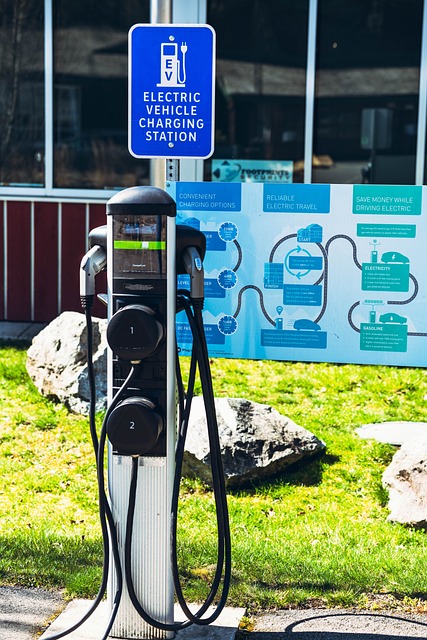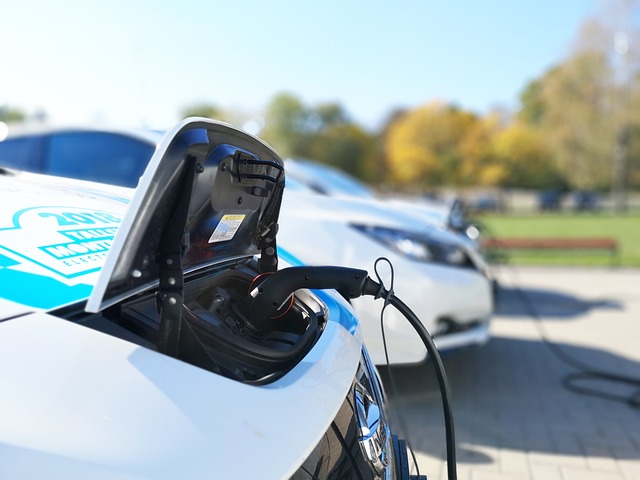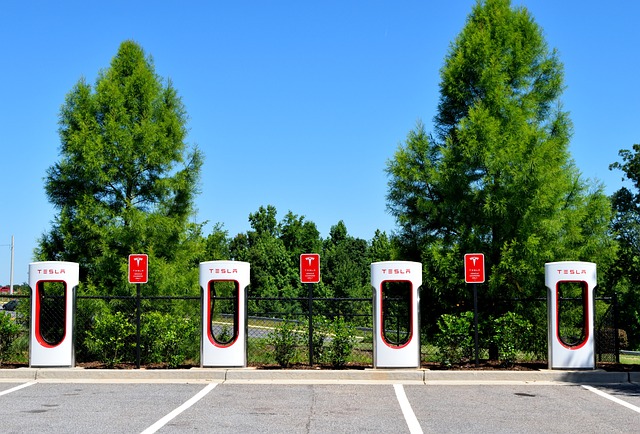The increasing adoption of electric vehicles (EVs) offers more than just a sustainable mode of transportation. EVs can play a significant role in decentralized energy systems and microgrids, transforming them into dynamic and resilient energy networks. This article explores how electric vehicles can contribute to the development of decentralized energy systems, enhance the flexibility and reliability of microgrids, and create a synergy between transportation and energy sectors.
Vehicles-to-Grid (V2G) Technology:
One of the key ways EVs can integrate with decentralized energy systems is through Electric Vehicles-to-Grid (V2G) technology. V2G enables bidirectional energy flow between EVs and the electric grid, allowing EV batteries to serve as mobile energy storage devices. During periods of high electricity demand, EVs can supply power back to the grid, thus alleviating stress on the grid and contributing to peak load management. Conversely, during times of low demand or high renewable energy generation, EVs can charge from the grid, absorbing excess electricity and optimizing renewable energy utilization. V2G technology maximizes the value of EVs as energy assets, enhancing the stability and efficiency of decentralized energy systems.

Grid Resilience and Load Balancing:
In decentralized energy systems, microgrids often play a critical role in local energy generation, distribution, and consumption. Integrating EVs into microgrids can enhance their resilience and load balancing capabilities. During power outages or emergencies, EVs equipped with bidirectional charging capabilities can serve as emergency backup power sources for critical facilities, such as hospitals or community centers. The energy stored in EV batteries can be utilized to power essential loads and support the microgrid’s stability until grid power is restored. This flexibility and resilience contribute to the overall reliability of the decentralized energy system.
Renewable Energy Integration:
The intermittent nature of renewable energy sources, such as solar and wind, poses challenges for grid stability. However, EVs can act as a solution by facilitating renewable energy integration. By connecting EV charging infrastructure to local renewable energy sources, such as solar panels or wind turbines, EV owners can charge their electric vehicles directly from clean energy generation. This not only reduces carbon emissions but also enhances the utilization of renewable energy resources. Additionally, when excess renewable energy is available, EVs can store the energy and discharge it back to the grid during periods of high demand, effectively balancing the renewable energy supply and demand dynamics.
Demand Response and Energy Flexibility:
EVs can participate in demand response programs, which aim to adjust electricity consumption in response to grid conditions or price signals. By leveraging V2G technology, EVs can respond to signals from the grid or energy management systems to modulate their charging or discharging rates. During peak demand periods, EVs can reduce their charging power, easing strain on the grid. Conversely, when there is surplus electricity supply or low-demand periods, EVs can increase their charging power, optimizing the utilization of renewable energy and contributing to load shifting. This demand response capability of EVs enhances energy flexibility and grid stability within decentralized energy systems.

Community Energy Sharing:
Electric vehicles also offer the potential for community-based energy sharing within decentralized energy systems. Through peer-to-peer energy trading platforms, EV owners can sell excess energy stored in their electric vehicles batteries to other community members or businesses. This energy sharing fosters local energy self-sufficiency, encourages renewable energy adoption, and promotes community engagement in sustainable practices. The combination of EVs and decentralized energy systems facilitates a distributed energy marketplace where energy transactions occur at a local level, empowering communities to take control of their energy consumption and production.
Policy and Infrastructure Support:
To fully leverage the potential of EVs in decentralized energy systems and microgrids, supportive policies and adequate infrastructure are crucial. Governments and regulatory bodies should incentivize the deployment of V2G technology, encourage renewable energy integration, and create favorable market conditions for demand response programs and energy sharing platforms. Furthermore, investments in charging infrastructure, including smart charging stations and vehicle-grid integration systems, are necessary to enable seamless interaction between EVs and decentralized energy systems.
Conclusion:
Electric vehicles have the potential to revolutionize decentralized energy systems and microgrids. Through Electric Vehicles -to-Grid technology, EVs can support grid stability, offer backup power during emergencies, and optimize the utilization of renewable energy.
Their participation in demand response programs, energy sharing initiatives, and integration with local renewable energy sources strengthens the resilience and flexibility of decentralized energy systems. To unlock these benefits, it is crucial for policymakers, industry stakeholders, and communities to collaborate in creating an enabling environment that supports the seamless integration of EVs into decentralized energy systems, ultimately advancing the transition to a cleaner and more sustainable energy future.

